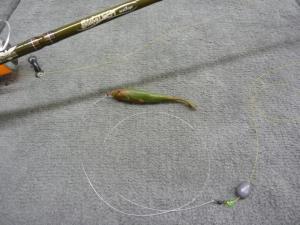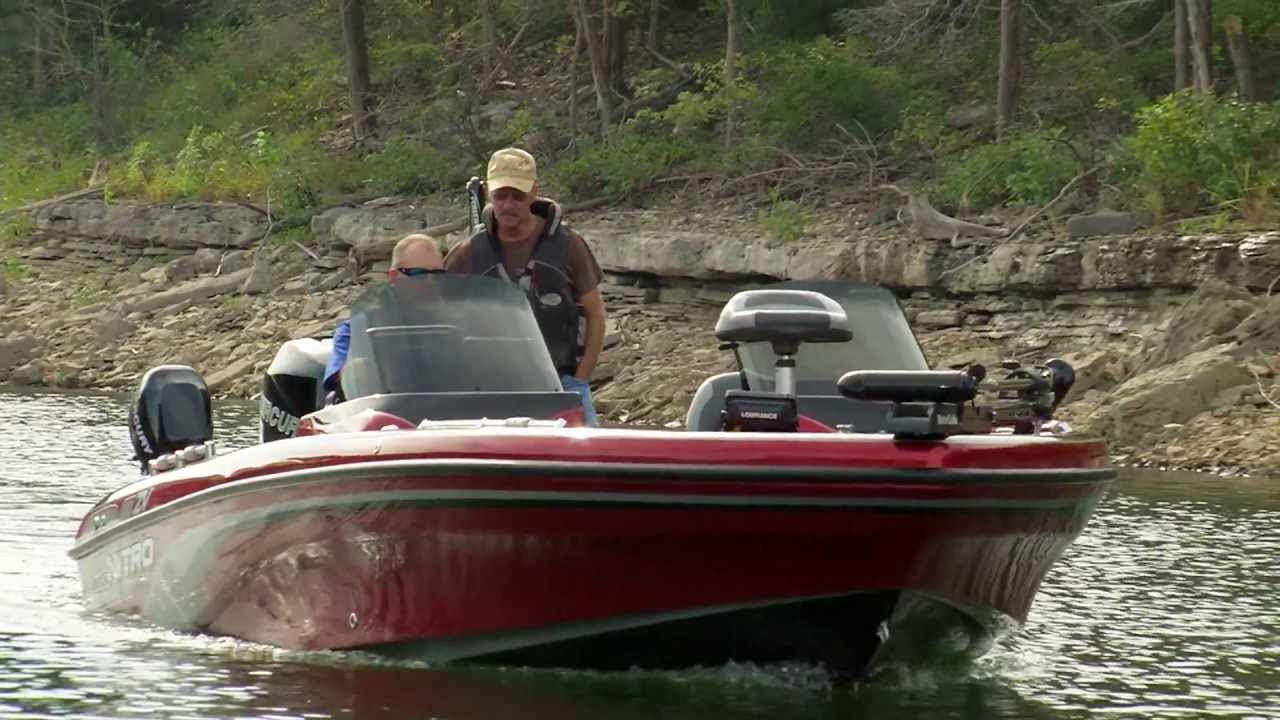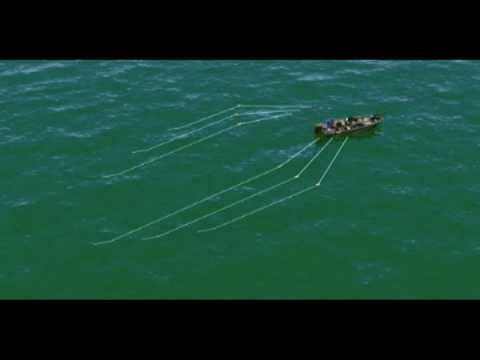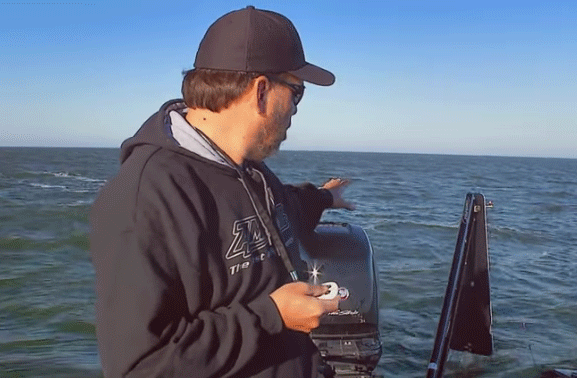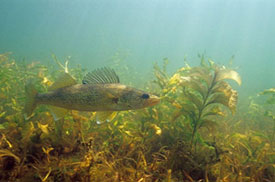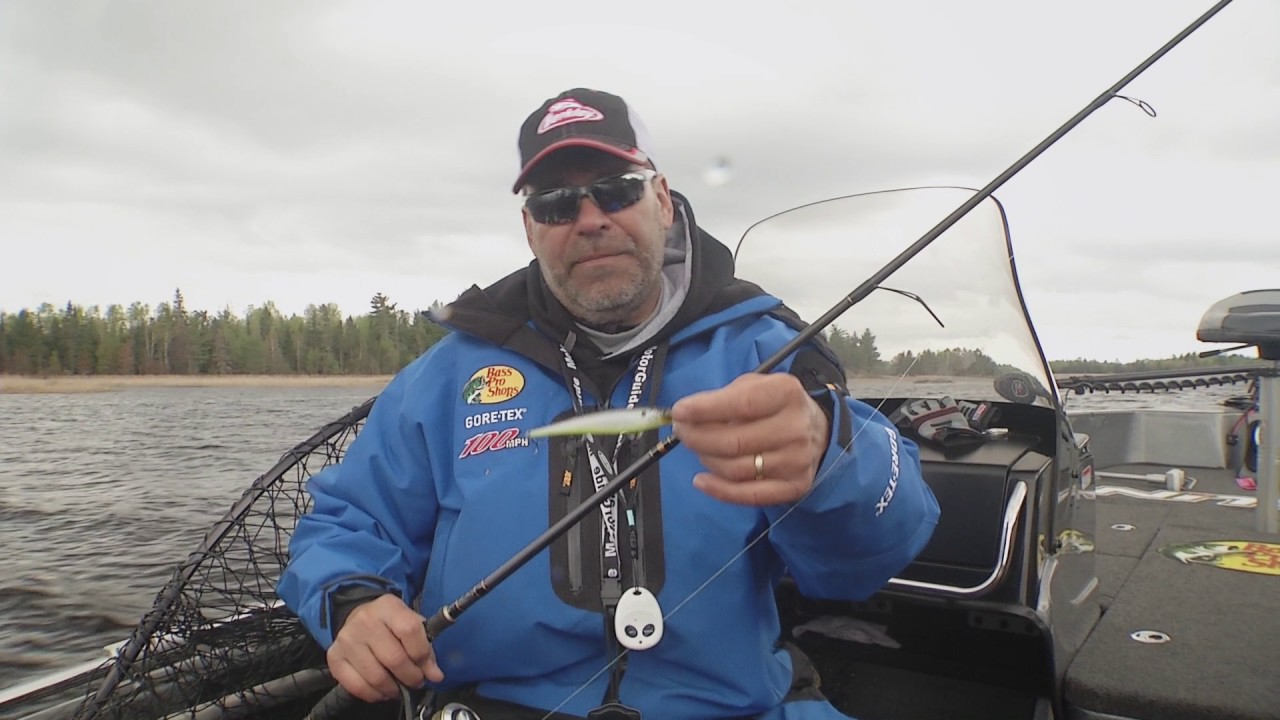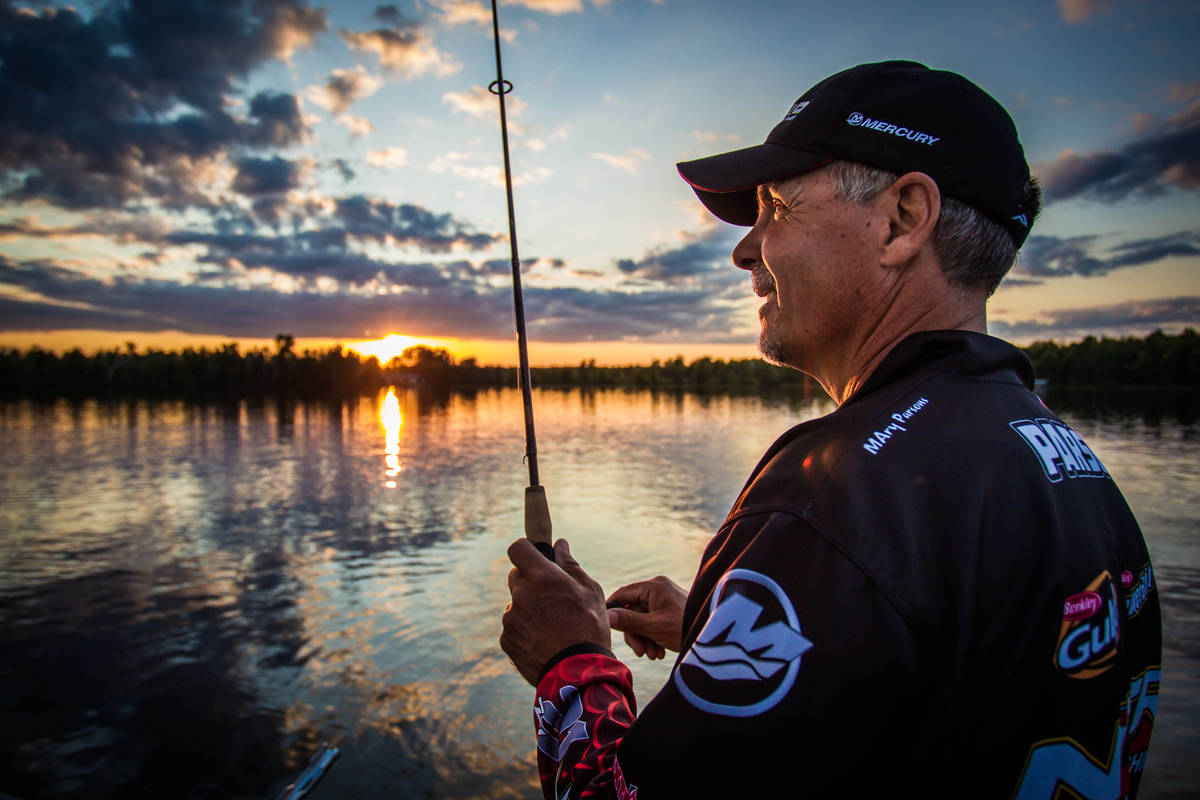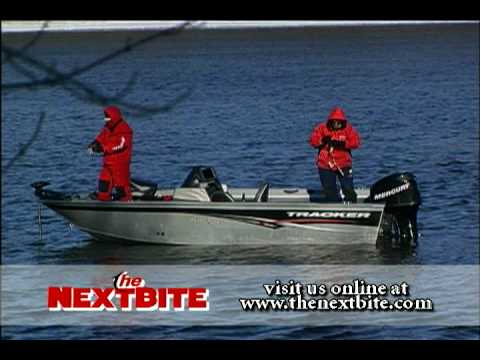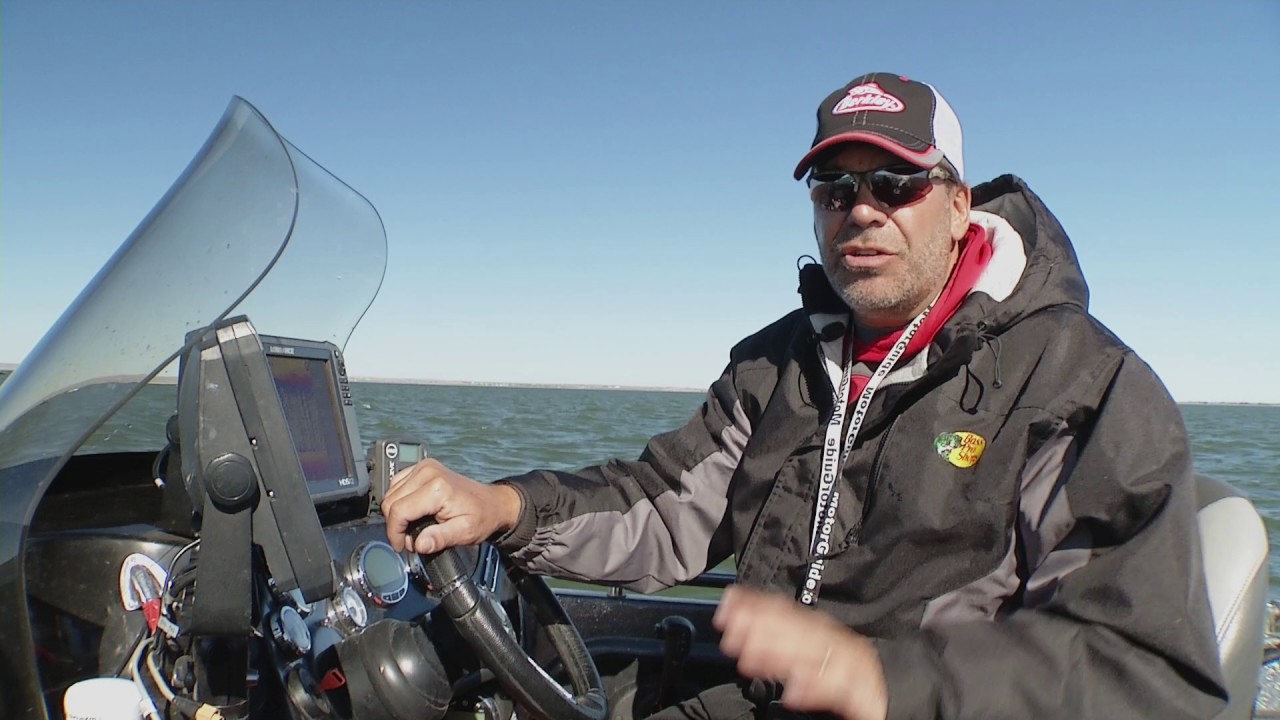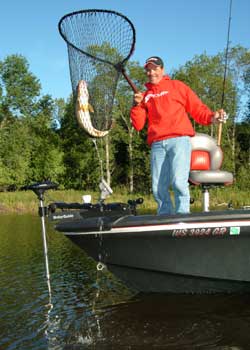 On many natural lakes, walleyes can be found relating to main lake reef structures throughout most of the season, from spawn right through fall. These structures hold fish because of baitfish attracted to the cover provided by these areas. Wind blowing into the area can often make fishing even better, as it stirs up the bottom and dislodges tiny organisms from the rocks that the baitfish feed on, and in turn get the walleyes in to a feeding mood. Low-light conditions can also improve the bite on these types of spots.
On many natural lakes, walleyes can be found relating to main lake reef structures throughout most of the season, from spawn right through fall. These structures hold fish because of baitfish attracted to the cover provided by these areas. Wind blowing into the area can often make fishing even better, as it stirs up the bottom and dislodges tiny organisms from the rocks that the baitfish feed on, and in turn get the walleyes in to a feeding mood. Low-light conditions can also improve the bite on these types of spots.
Even on large reef structures, the “sweet spots” can usually be rather small, so precise boat positioning is essential. You’ll want to target such things as points on the reef, high spots, or even small weed patches associated with the reef if they are present. You’re looking for that “spot on the spot” to get the most bites.
Total Solutions Technique
Because you are targeting small areas on a reef, pinpoint presentations are the way to go. Casting small jigs and crankbaits is an ideal way to cover these spots thoroughly and efficiently. If the wind conditions are such that you can effectively position and maneuver the boat with your bowmount trolling motor, then go that route. This will give you maximum mobility to move around the structure and hit the various sweet spots. However, if the wind makes boat control difficult, it would be best to anchor the boat in a position where you can easily cast to the specific areas on the reef you are targeting. This may mean you’ll need to re-position and re-anchor several times in order to cover the reef thoroughly.
In calmer conditions, casting a small (1/8 ounce) jig with either live bait or an artificial tail will get plenty of bites. Work the jig back to the boat with a “lift-drop” retrieve; nothing too fancy. With most bites, all you feel is a light “tick” or maybe only see your line “jump” indicating a fish has picked up the lure.
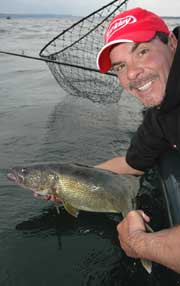 If the water is dirty or you are dealing with strong winds, you might find it easier to cast a crankbait rather than trying to work a light jig with a huge bow in the line. Choose a bait that will cover the area you’re fishing and tick bottom throughout most the retrieve. Keep in mind that you can often go to a smaller diameter fishing line and gain a little more depth from the crankbait you’re throwing. Cranks that have rattles can also be an asset in dingy water as they make it easier for the fish to zero in on the lure.
If the water is dirty or you are dealing with strong winds, you might find it easier to cast a crankbait rather than trying to work a light jig with a huge bow in the line. Choose a bait that will cover the area you’re fishing and tick bottom throughout most the retrieve. Keep in mind that you can often go to a smaller diameter fishing line and gain a little more depth from the crankbait you’re throwing. Cranks that have rattles can also be an asset in dingy water as they make it easier for the fish to zero in on the lure.
In some instances, it’s not a bad strategy to start off throwing a crankbait to pick off the more active biters, and then follow up with the jig in hopes of catching a couple more reluctant walleyes before re-positioning to work a new spot.
Total Solutions Equipment
To gear up for this casting approach will typically take two set-ups. For the jig casting you can use basically the same spinning rod and reel you would use for vertical jigging; a 6’ to 6’6” medium to medium light action rod with a reel spooled with six pound test Berkley FireLine. I suggest going with the Flame Green color or the Berkley FireLine Crystal, as these lines will allow you to better see the line and help detect light bites.
If the fish are fairly active you may not need to bother with live bait on the jig. Try tipping it with a Berkley 3” Gulp Fry, or a 3” Gulp Minnow .
For casting crankbaits, a little longer rod, like a 7’ medium action spinning rod and reel works a little better. The longer rod helps you to cast farther and is a real asset when fighting fish on light line. And when it comes to line for casting, you’ll want a line that casts well and yet is tough enough to handle the abuse of working over rocks. There are a couple good options here; Berkley Trilene Sensation in six to ten pound test is one. Berkley FireLine in the same pound test range is another. Its best to experiment with various line sizes and diameters to find just the right one that will get the bait you’re casting to the desired depth.
When it comes to crankbaits, the Berkley Flicker Shads are tough to beat. They have a great walleye catching action, loud rattle system and come in a dynamite array of colors. Between the 5cm size and the 7cm size, coupled with different line diameters, you should be able to cover reef structures in depths from four to ten feet easily.

